
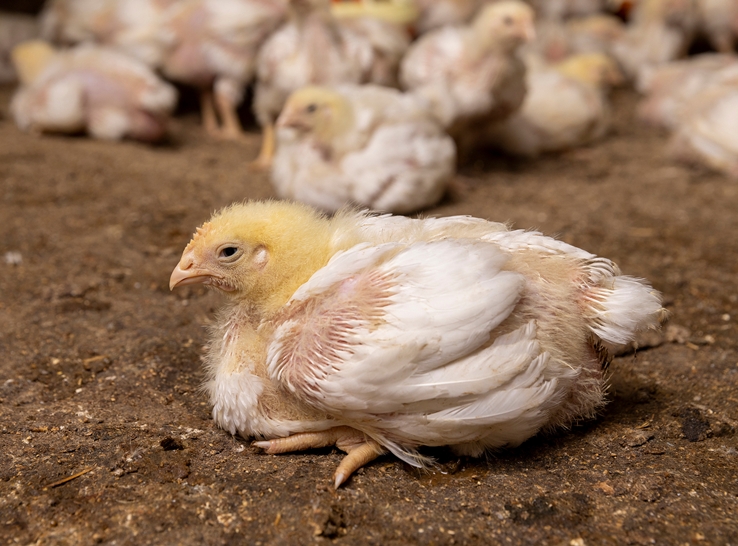
Bone and leg health issues are among the top five common concerns for broilers, noted Gigi Lin, DVM, DACPV, adding that “Lameness can indicate not only a potential disease issue but is a welfare and economic concern.” Lin, a veterinary consultant with Canadian Poultry Consultants, Ltd, was featured in the 2025 Canadian Poultry’s Broiler School Series webinar presentation, “Understanding and Managing Lameness in Broilers.”

Bone and leg health issues are among the top five common concerns for broilers, noted Gigi Lin, DVM, DACPV, adding that “Lameness can indicate not only a potential disease issue but is a welfare and economic concern.” Lin, a veterinary consultant with Canadian Poultry Consultants, Ltd, was featured in the 2025 Canadian Poultry’s Broiler School Series webinar presentation, “Understanding and Managing Lameness in Broilers.”

In the poultry sector, avian metapneumovirus (aMPV) infections can lead to severe economic repercussions, manifesting as drops in egg production and increased mortality, which lead to costly veterinary interventions and biosecurity measures. Researchers described the development of an assay, which was found to be capable of concurrently detecting and distinguishing among aMPV-A, aMPV-B and aMPV-C.
[random-sponsor]
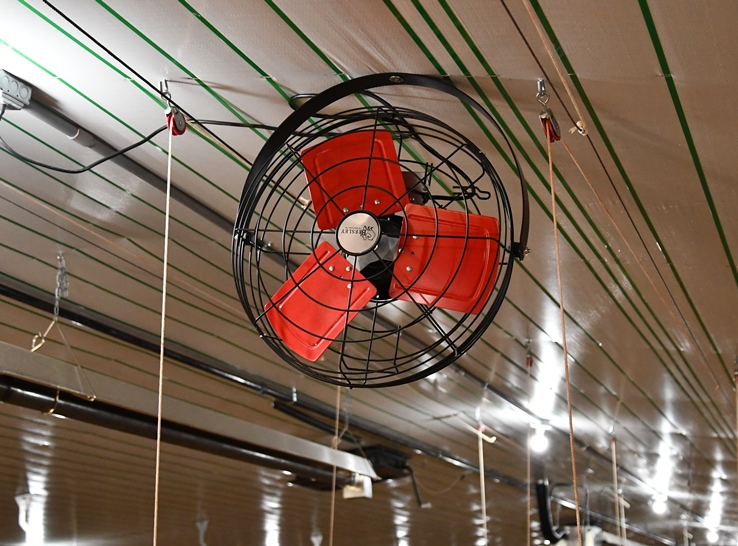
A “Viewpoints” article
by Michael Czarick
Extension Engineer – Poultry
University of Georgia
Department of Poultry Science
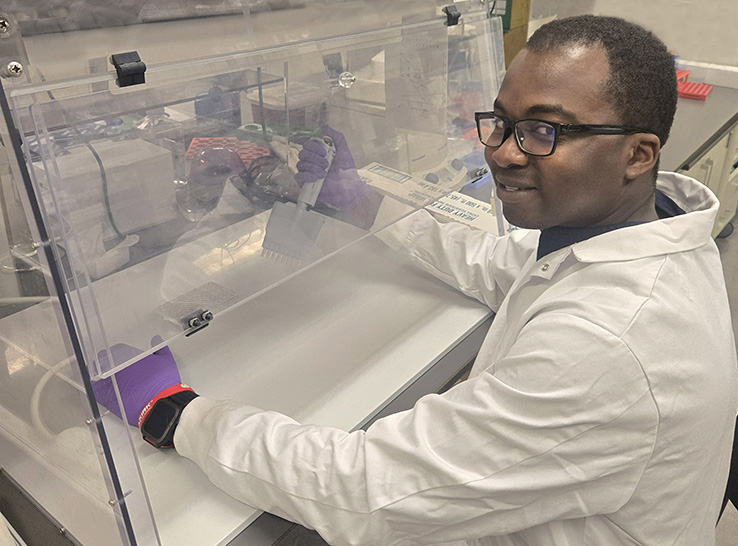
A “Rising Stars” article
by Emmanuel Alagbe, MS
PhD Candidate
Graduate Research and Teaching Assistant
Purdue University, West Lafayette, Indiana

Gangrenous dermatitis is a major commercial turkey-production disease, causing significant economic losses annually from increased bird deaths and condemnations at the processing plant. Can a litter amendment impact the spread of this bacteria?

Avian metapneumovirus has not been detected in the US since the 1990s. So, it was a surprise in 2023 when cases began surfacing in Virginia, West Virginia and North Carolina. By January 31, 2024, the Georgia Poultry Laboratory Network received its first suspect case. Here’s what they did.
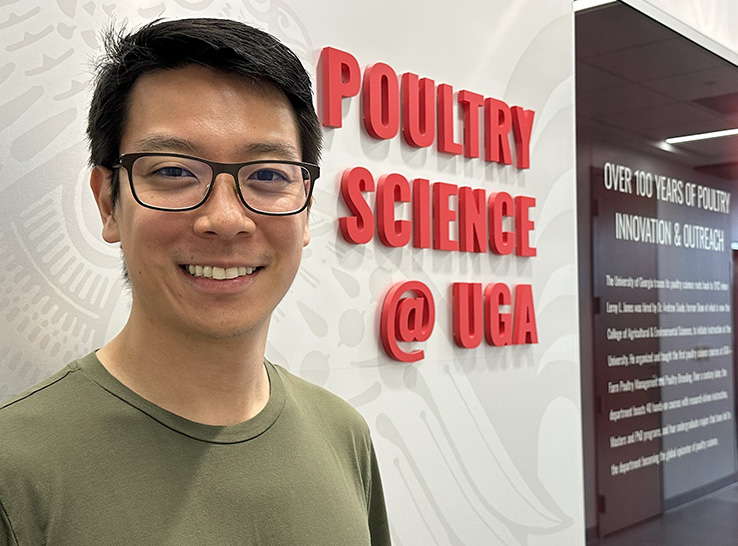
A “Rising Stars” article
by Allison Kawaoku, MS student
Graduate Research Assistant, University of Georgia
Athens, Georgia

By Matthew J. Hardy, MSc
AgriNerds – Co-owner, Waterfowl Biologist and Co-director of Ecological Modeling
Chester County, Pennsylvania

US poultry producers have a new, FDA-approved weapon in the fight against Northern fowl mite (NFM) with Exzolt™ (fluralaner oral solution), a pioneering treatment from Merck Animal Health.
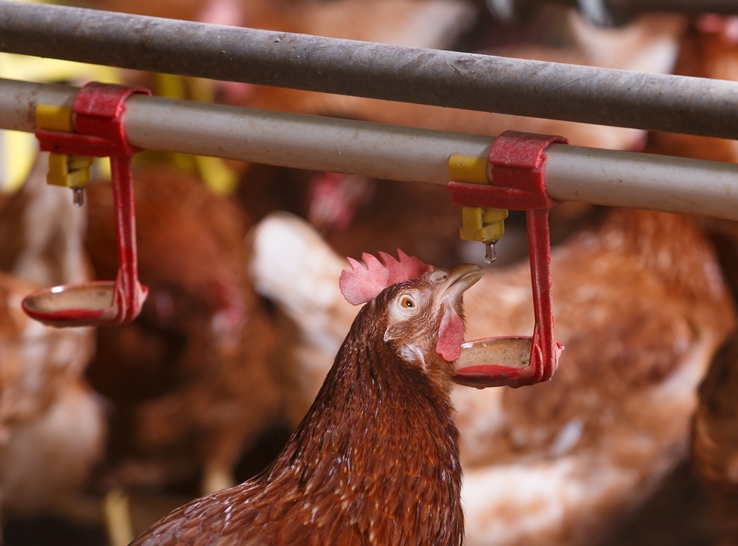
Conducting in-lay boosting of adult, organic, free-range laying hens with a Pasteurella multocida vaccine protected against fowl cholera with minimal impacts on production, according to a study conducted by Luke Trimble, DVM, Wilson Vet Co.